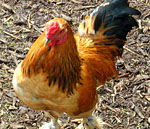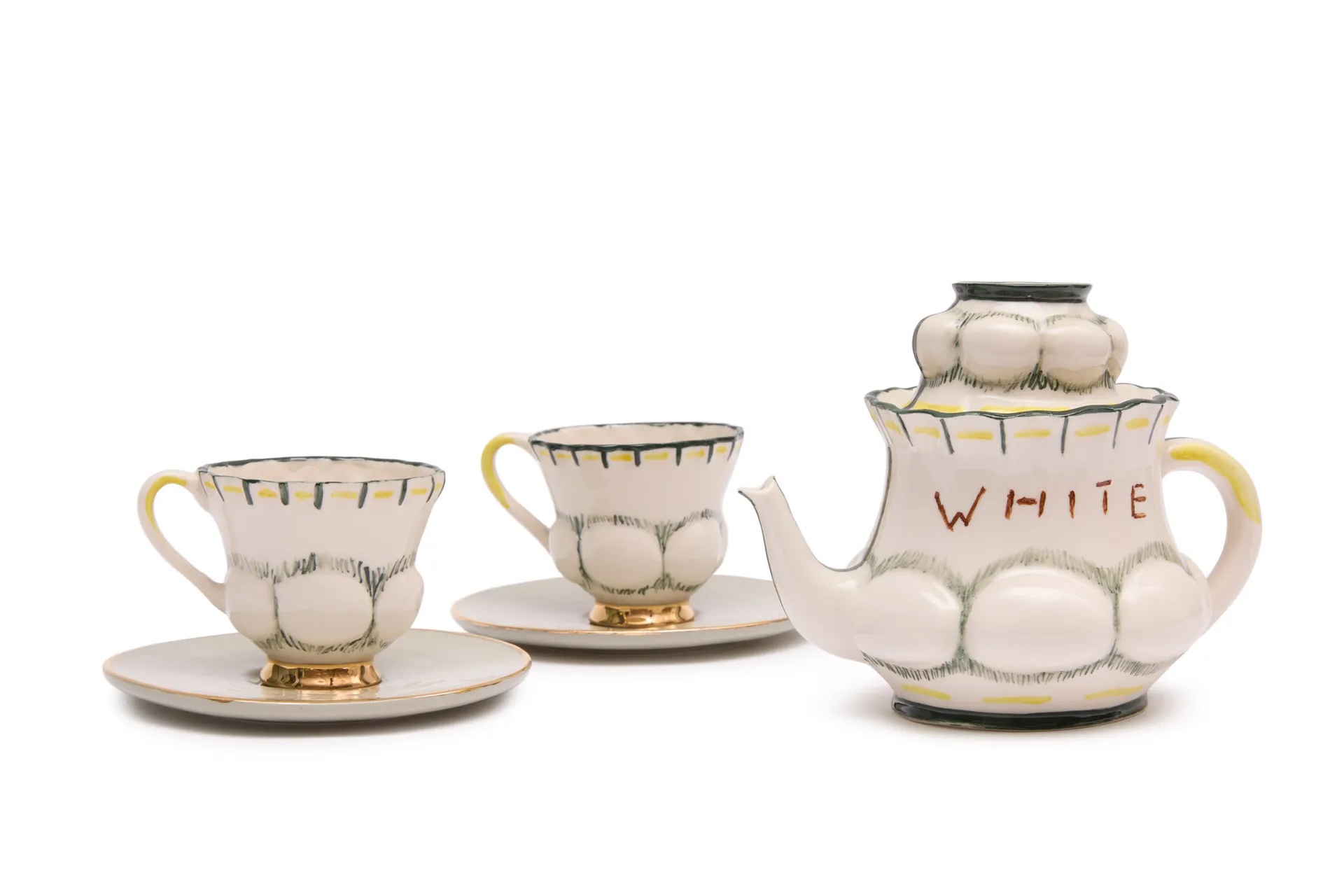True bantam breeds
True bantams have no larger counterparts, and evolved in the early stages of poultry breeding


Silkie The beguiling, fluffy Silkie is thought to originate from China Marco Polo wrote of ‘fur-covered fowl with black skin' has a topknot and is unusual in that it has five toes instead of four. Silkies are gentle birds that can't fly and make excellent broodies. They're long-lived, with an average lifespan of 12-14 years. They can be bearded or non-bearded, in grey, blue, buff, white, black and partridge
Sebright
Bred by Sir John Sebright in the early 1800s, they're one of the oldest British breeds. Two main varieties exist, gold and the silver. They're known for their sociable characters, but can be difficult to breed. Unlike other males, the Sebright cocks don't have long sickle feathers Belgian
Belgian bearded bantams are alert and proud and lay tiny eggs. A good breed for young children Japanese
The shortest-legged breed, male Japanese have towering tails. They have three types of feathering: normal, frizzled and silky
Pekin
Introduced to Britain from Peking, in about 1860. They're friendly and make great pets for children and beginners. They have abundant plumage and sit like a tea cosy on the ground
Sign up for the Country Life Newsletter
Exquisite houses, the beauty of Nature, and how to get the most from your life, straight to your inbox.
Rosecomb
Another of the oldest British breeds, they're small and bright, with particularly striking head features. The black variety is especially popular, followed by white and blue versions
Dutch There are 13 standard colours in Britain, where they first appeared in the 1960s, with many more in Holland. Good breeders that lay mostly in the late spring and summer
Country Life is unlike any other magazine: the only glossy weekly on the newsstand and the only magazine that has been guest-edited by HRH The King not once, but twice. It is a celebration of modern rural life and all its diverse joys and pleasures — that was first published in Queen Victoria's Diamond Jubilee year. Our eclectic mixture of witty and informative content — from the most up-to-date property news and commentary and a coveted glimpse inside some of the UK's best houses and gardens, to gardening, the arts and interior design, written by experts in their field — still cannot be found in print or online, anywhere else.
-
 The finest interiors in Edinburgh? A seven-bedroom townhouse furnished by Robert Kime comes to market
The finest interiors in Edinburgh? A seven-bedroom townhouse furnished by Robert Kime comes to marketSituated on one of the New Town's grandest terraces, this four-storey property is a collector's dream.
By James Fisher Published
-
 Why LOEWE decided to reimagine the teapot, 25 great designs over
Why LOEWE decided to reimagine the teapot, 25 great designs overLoewe has commissioned 25 world-leading artists to design a teapot, in time for Salone del Mobile.
By Amie Elizabeth White Published